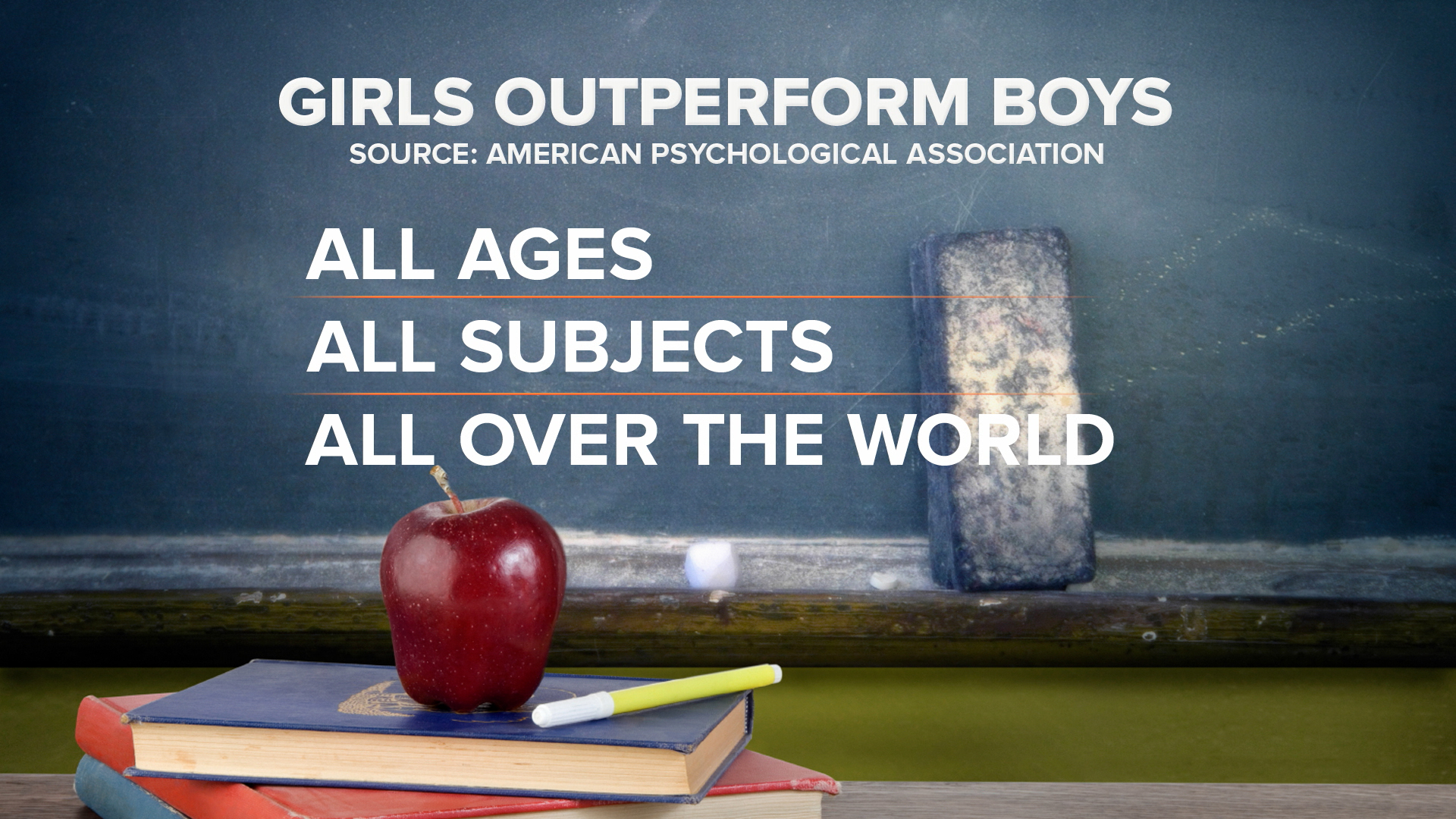
As we've discussed, the "Closing the Gap" aspect of the Houlton SMART Goal is focused on closing the gender gap, as our girls are outperforming our boys. Everywhere around us, boys want to learn, but they aren't learning as well as girls are. Boys are behind on state tests in all 50 states, and they drop out of high school at higher rates than girls. Many boys feel that they are inherently defective in today's education world.
The Assocciaton for Supervision and Curriculum Development (ASCD) has recently published an article on the gender gap, based on two decades of research, which includes ways we can address it in our classrooms. A number of schools in the research base closed gender gaps and raised student performance. The study's research identified strategies that help build success for our male learners. I hope you find some of the suggestions helpful!
- Teachers increase the use of graphics, pictures, and storyboards in literacy-related classes and assignments. When teachers use pictures and graphics more often (even well into high school), boys write with more detail, retain more information, and perform better on written work across the curriculum.
- Classroom methodology includes project-based education in which the teacher facilitates hands-on, kinesthetic learning. The more learning is project-driven and kinesthetic, the more boys' bodies will be engaged in learning—causing more information to be retained, remembered, and displayed on tests and assignments.
- Teachers provide competitive learning opportunities, even while holding to cooperative learning frameworks. Competitive learning includes classroom debates, content-related games, and goal-oriented activities; these are often essential for boy-learning and highly useful for the life success of girls, too.
- Approximately 50 percent of reading and writing choices in a classroom are left up to the students themselves. Regularly including nontraditional materials, such as graphic novels, magazines, and comic books, increases boys' engagement in reading and improves both creative and expository writing.
- Teachers move around their classrooms as they teach. Instructors' physical movement increases boys' engagement, and includes the teacher leading students in physical "brain breaks"—quick, one-minute brain-awakening activities—that keep boys' minds engaged.
- Students are allowed to move around as needed in classrooms, and they are taught how to practice self-discipline in their movement. This strategy is especially useful when male students are reading or writing—when certain boys twitch, tap their feet, stand up, or pace, they are often learning better than if they sit still.
- Male mentoring systems permeate the school culture, including use of parent-mentors, male teachers, vertical mentoring (e.g., high school students mentoring elementary students), and male peer mentoring.
- Teachers use boys-only (and girls-only) group work and discussion groups in core classes such as language arts, math, science, and technology. Some boys and girls who do not flourish in the social distraction of coed classes get a chance to flourish in new ways in single-sex groupings.
No comments:
Post a Comment
Note: Only a member of this blog may post a comment.